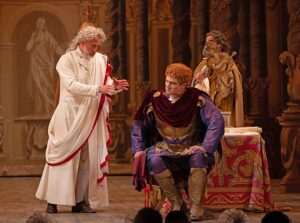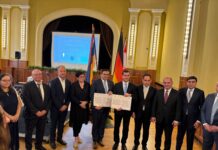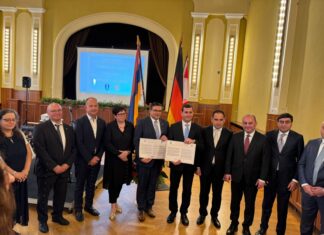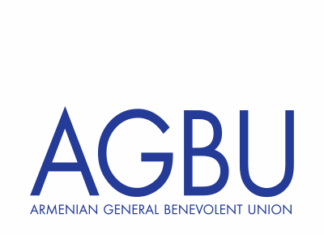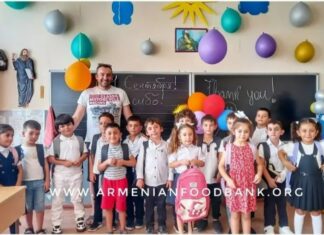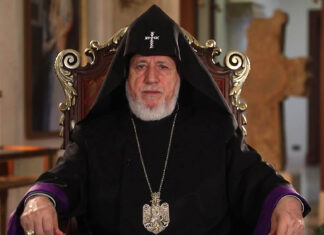YEREVAN — On November 15, Yerevan was the site of a Flamenco concert. What made it surprising was that the ensemble came from Iran. The leader of the group is Iranian-Armenian guitarist, guitar teacher and composer Romik Hovanessian, whose works were performed during the evening.
Hovanessian, 48, studied electronics but learned to play piano and later guitar from a young age. He has regularly met master guitarists in Spain (such as Víctor Monge “Serranito,” Dani de Morón, Diego del Morao, Pedro Sierra and El Amir) and participated in workshops by Oscar Herrero. In Turkey, he attended a flamenco guitar festival and masterclasses by Serranito and Pedro Sierra.
Two days after the concert of the “Romik Hovanessian and Friends Ensemble,” we met with Romik, joined by his wife and muse, Narine Keshishian, who occasionally supplemented his words during our conversation.
Romik, allow me to congratulate you on your debut in Armenia, hoping that your concerts here will continue, as Yerevan’s audience has warmly embraced and appreciated you.
I also want to thank the organizers of our concert and the leadership of Yerevan Chamber Music House. When the concert ended, I couldn’t believe that after so many years of dreaming about this, it had finally come true. We were all deeply moved, inspired, and thrilled by the audience’s enthusiastic reception. It was a leap forward for us. I told my musicians, “Know this: in Yerevan, people are strong in music, their musical taste is refined. No matter how much applause you get in Iran, don’t get too excited.” Now I’ve told them again, “Still, don’t get too excited. Always aim higher.”
My mood is great. When the musicians walked on stage one by one, they were astonished to see a packed hall in a different country, a different culture, where no one knew them personally. There wasn’t a single empty seat, and when people began encouraging them from the first piece, it energized them immensely. If their playing in Tehran was at a level of 100, here it reached 1,000! They absorbed the audience’s energy, and their performance was quite different in a positive way. It was a fascinating experience.
